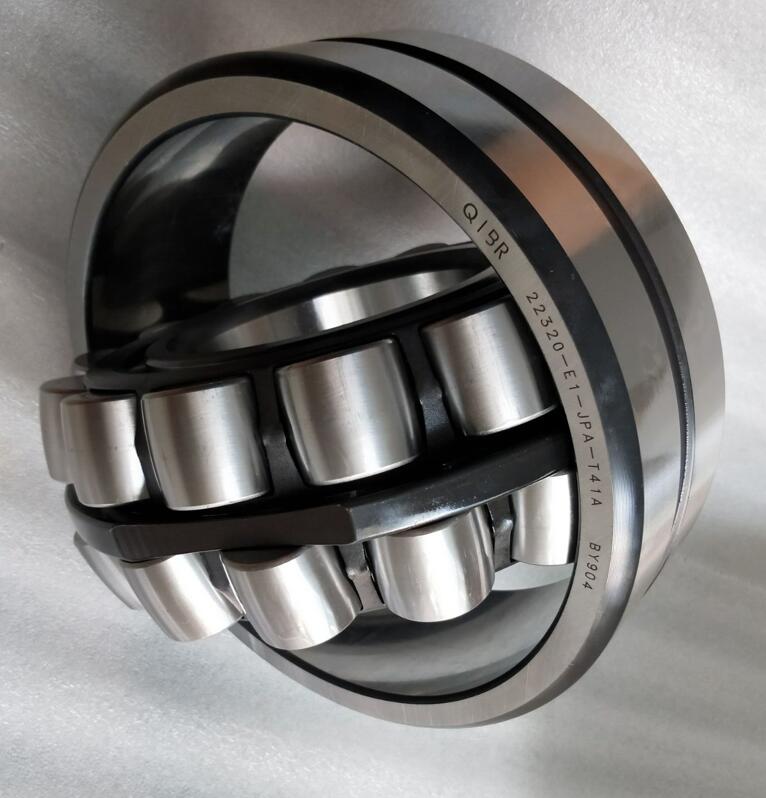Newsroom
What is Raceway Superfinishing and Its Purpose?
2018-08-02Superfinishing Process Introduce:
Superfinishing is a micro-grinding and polishing process used to enhance the surface quality of a workpiece. It is typically applied after precision turning or grinding. The process involves applying slight pressure with fine-grit abrasive tools (such as honing stones) onto the workpiece while it rotates. The abrasive tool oscillates rapidly in short strokes perpendicular to the workpiece's rotation under good lubrication and cooling conditions.

Purpose of Superfinishing in Bearing Manufacturing:
Superfinishing is the final process for bearing rings and is significantly important in reducing or eliminating errors from previous grinding processes. It also improves the physical and mechanical properties of the surface.
The main functions include:
- Reducing Noise and Vibration:
Superfinishing minimizes waviness, corrects shape errors in the raceway, and refines surface roughness, leading to smoother operation and quieter performance.
- Extending Service Life:
By improving surface quality and creating residual compressive stress, the bearing achieves better fatigue resistance and a longer lifespan.
- Improving Precision:
Enhances geometric accuracy and increases the contact area between bearing components, contributing to improved performance and reliability.
Specific Benefits of Superfinishing:
- Reduction of Waviness:
The honing stone primarily contacts surface peaks, applying pressure to these points. This cuts down the peaks, effectively reducing waviness.
- Improving Raceway Geometry:
Corrects approximately 30% of the raceway's shape errors, ensuring better rolling performance.
- Inducing Compressive Stress:
The cold plastic deformation during superfinishing creates residual compressive stress on the surface, improving durability and resistance to fatigue.
- Increasing Contact Area:
After superfinishing, the working surface's contact area increases significantly, from 15–40% (after grinding) to 80–95%, enhancing load distribution and operational stability.
Stages of Superfinishing:
1. Cutting Stage:
Abrasive grains on the honing stone cut the peaks on the rough raceway surface. High localized pressure facilitates rapid material removal, eliminating surface peaks and grinding damage.
2. Semi-Cutting Stage:
As the surface smoothens, the contact area increases, reducing pressure and cutting depth. The abrasive grains' cutting capability decreases, leaving shallower machining marks.
3. Polishing Stage:
This phase includes two steps:
Transition Grinding: The abrasive grains dull, and the tool transitions to polishing, producing a bright, smooth surface.
Final Polishing:
Friction between the tool and the workpiece creates a hydrodynamic oil film. The abrasive tool "floats" on the film, polishing the surface without cutting.
Superfinishing is the critical final step in processing the rolling surfaces of bearing rings. It ensures optimal surface quality, enhances geometric precision, and reduces surface roughness. These improvements are vital for the assembly and performance of finished bearings. Therefore, thorough inspection of superfinished surfaces is essential to maintain high product quality.


